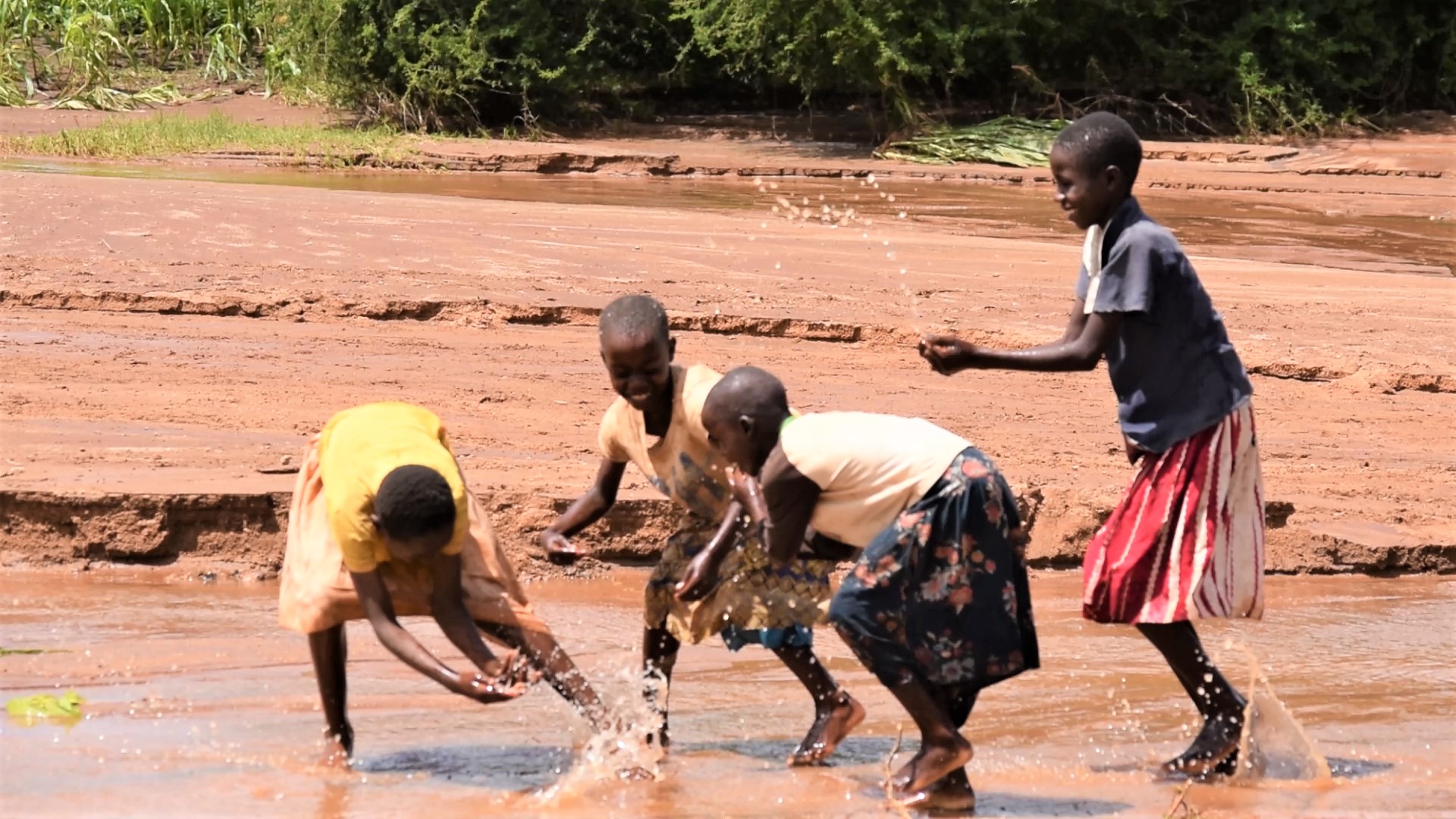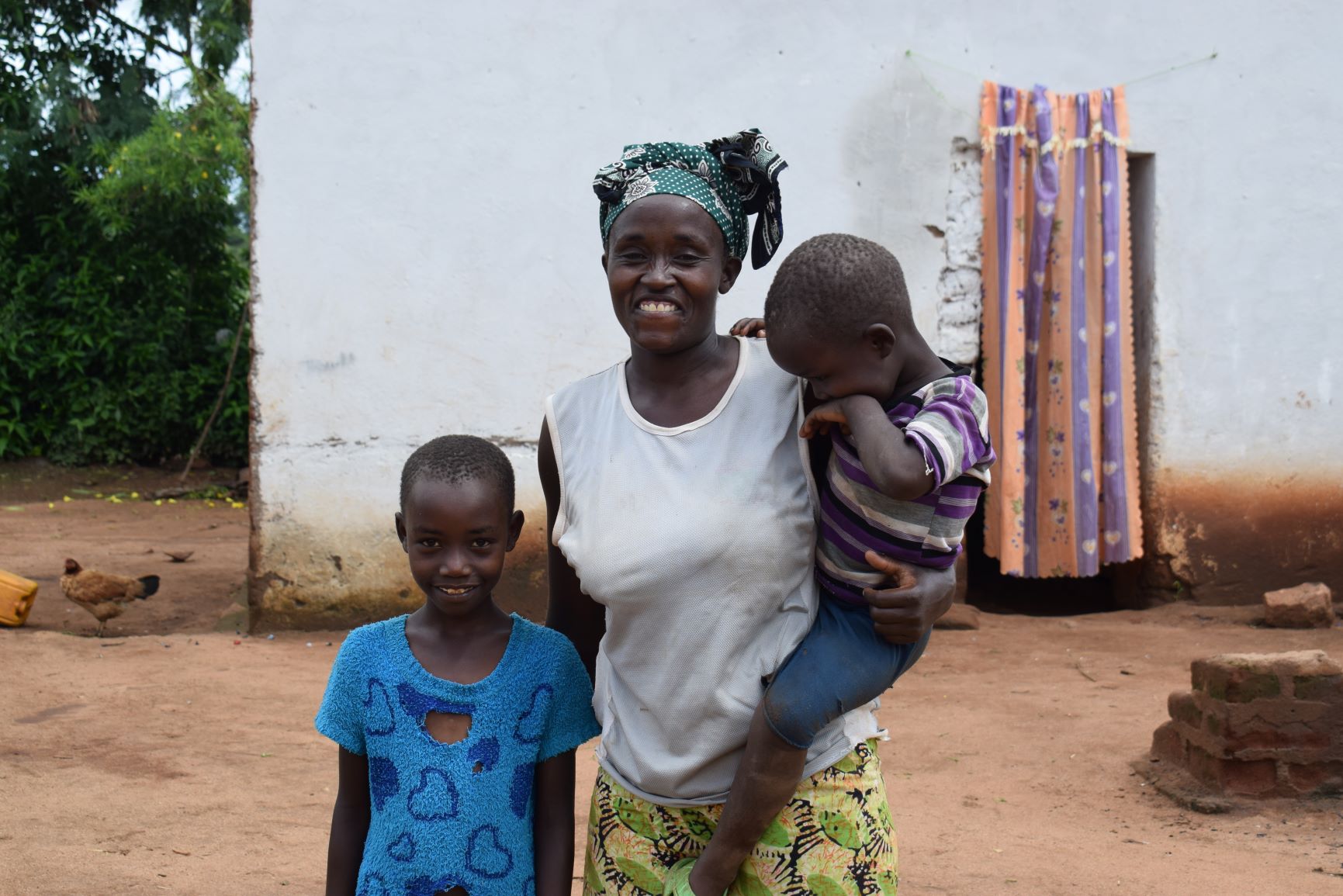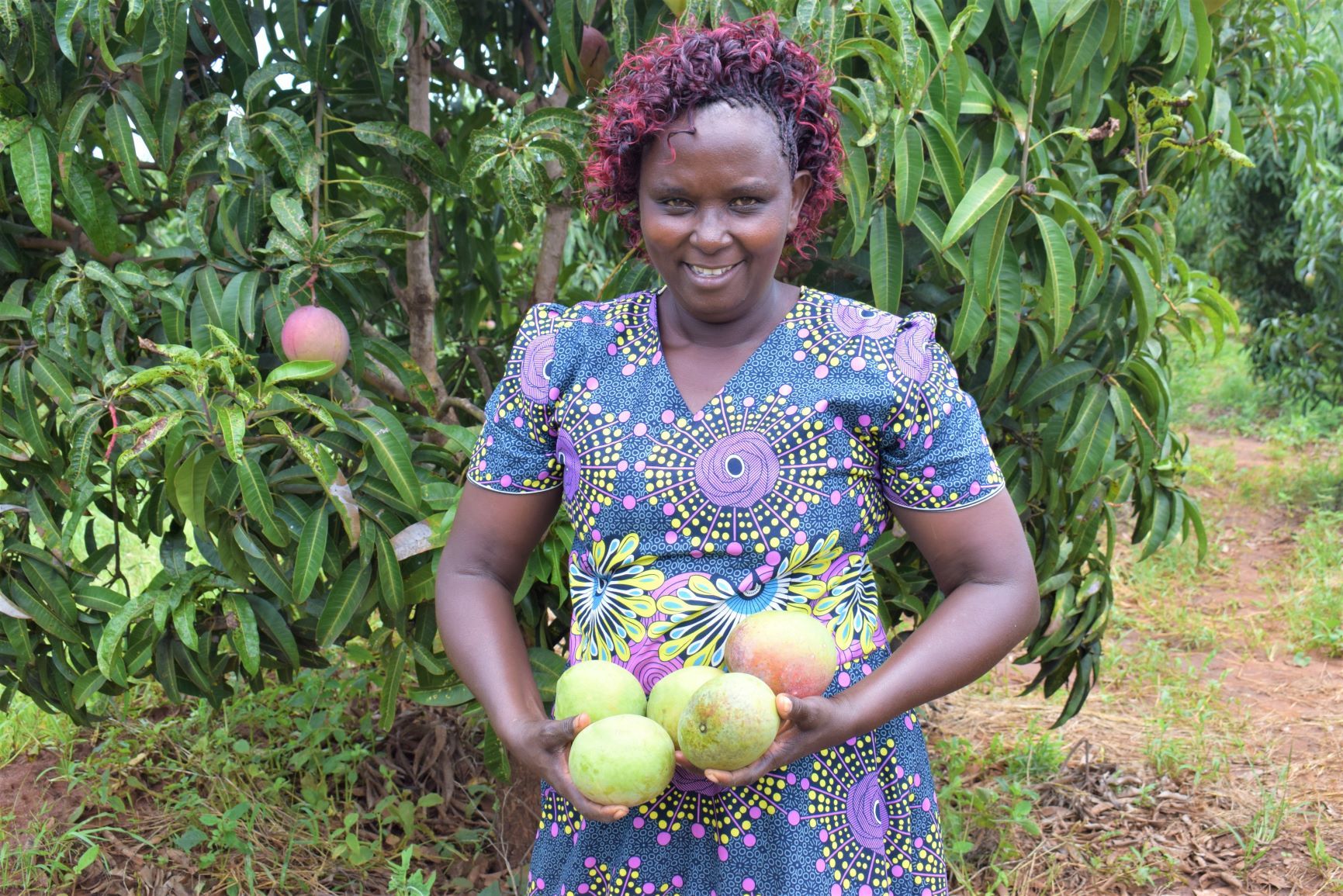The Golden Well: Thriving through drought
By Lillian Kendi

In 2019, the early rainy season failed in Southeast Kenya – leaving communities across the region struggling to access water. Here, we highlight a community that had access to water throughout the year despite the drought. The Water Project is committed to partnering with communities to enact solutions to the water crisis that are resilient in the face of climate change.
Amid the dry seasons all roads in Nyeki ndune Village, Kenya lead to the Yanda Malisyo river. The calm and remote village is renowned for its golden well – ‘the well that never dries,’ as the inhabitants refer to it.
Over the years, the community members hailing from this area have walked long distances to access water. The nearest water sources were some water kiosks drawing water from pipeline channels which were strategically placed to serve the community members.
However, they were unreliable. They would often dry up during the dry seasons, prompting the community members to walk for more than 10 kilometers to fetch water.

“We used to struggle a lot to fetch water. I would spend a whole day searching for water,” Dorcas Mueni Elijah remembers.
The struggles encountered in search of water would evoke negative emotions she said.
“Getting a mere 20-liter jerrycan of water by mid-day was often considered a real streak of good luck,” she continued.
Fast forward to today, Dorcas and her five children, 3 girls and 2 boys, are enjoying a surplus supply of clean water from the shallow well that was constructed along their river bed.

Dorcas’ children playing with water at the river bed
They particularly enjoy the convenience of water adjacent to their home.
“At times, I see my children playing at the river bed and I feel very happy that this ‘once rare substance’ is now their essence of joy. I feel like they are relishing in the freedom I worked so hard to attain,” Dorcas said.
She confirms to have gained remarkable independence as a woman, as she can rear her own cattle and chicken because she has the time to do so at her disposal.
“I am very happy because I no longer have to struggle to fetch water,” she said.
The shallow well along this river bed is a source of bliss for a lot of people here – especially during the dry season. When other water sources run dry, this well continued to provide water. Some 3000 people from 500 households in Ndungune, Nyaani, Misuuni, Makueni and Nyekindune villages depend on it.
“We are healthier than before. Hygiene and sanitation standards around here are very high, we shower at any time of the day and our clothes are washed daily. Our children are no longer sent out of school to get water because they have adequate supply of water to carry to school,” said Jennifer Kamene Ithea.
“There were very many complaints about diseases, but that’s now a long-gone because the water we drink is clean.”

Dorcas with two of her children
Jennifer is a member of Nyeki Ndune Horticultural Self Help Group along with Dorcas. They and other group members worked together to make this project possible.
For more than a month the self-help group members provided the physical labor to construct a sand dam in the river bed and the adjacent hand-dug well.
During the rainy season when the river is full of water, the sand dam retains sand as the water runs down the river. The sand builds up to the top of the dam and retains water during the dry season. The water evaporates slowly because it is held in the sand. And the dam is built in a way so that it does not disrupt the flow of water downriver and harm communities also situated along the river. The adjacent hand-dug well provides access to the water in the dam, making it easier for people to fetch water throughout the day.
Jennifer, who resides closest to the water point, elaborated more on the significance of the water point in their community claiming that the well is the main source of water for the entire sublocation.
“The well is always busy throughout the day and night, from 4:00 am to midnight. A series of rows of people with their jerrycans are always found here fetching water,” she said.
“This well never dries up. No matter how dry the area gets, this well has been known to stand out.”
Locals prefer the water because it is fresh, the environment is safe, the well is easily accessible, and it requires little effort to draw water from the water source. The sand along the river bed also provides ease for the locals to transport their wheelbarrows and carts to fetch water. Additionally, they no longer have to trek for long distances with their cattle to get water.

Jennifer and local children at the well
“Before this project was implemented here, the river channel was very bare and deep. It was actually very impassable. The water table was also very low. Now, farming is easily achievable. All the locals living along the shores of this river have fertile farms all year round. In addition to the provision of water, residents are drawn to this area to purchase food,” Jennifer said.
Through the availability of water from the project, Jennifer says she managed to plant fruits, vegetables and food crops which have boosted her income generation.
She has 10 different varieties of mango trees in her farm, which have thrived as a result of the water from the well. Every season she earns KES 20,000 ($200) or more from the sale of mangoes. She is a huge supplier of mangoes in the area. As we were conversing, she received several orders from different customers. Additionally, sweet potatoes, cowpeas, and green peas also thrive very well in the area attracting vendors from diverse markets.

Jennifer holding mangoes from her farm
Jennifer envisions a rich and developed village. A land of food, water, and good health.
“I have educated my children and now my firstborn has his own motorcycle business. The other two children are still in school. I enjoy my environment more; my grandson loves to play with water and it makes me feel so fulfilled. I never knew that one day I would be the provider of my family but through this project, I am very many miles away from where I used to be,” Jennifer says.
She is very happy about the project and the peace it radiates in their lives. The lives of Dorcas, Jennifer, and thousands of others in this community have been changed through one well and one dam.
Home More Like ThisTweet